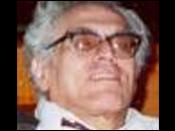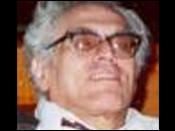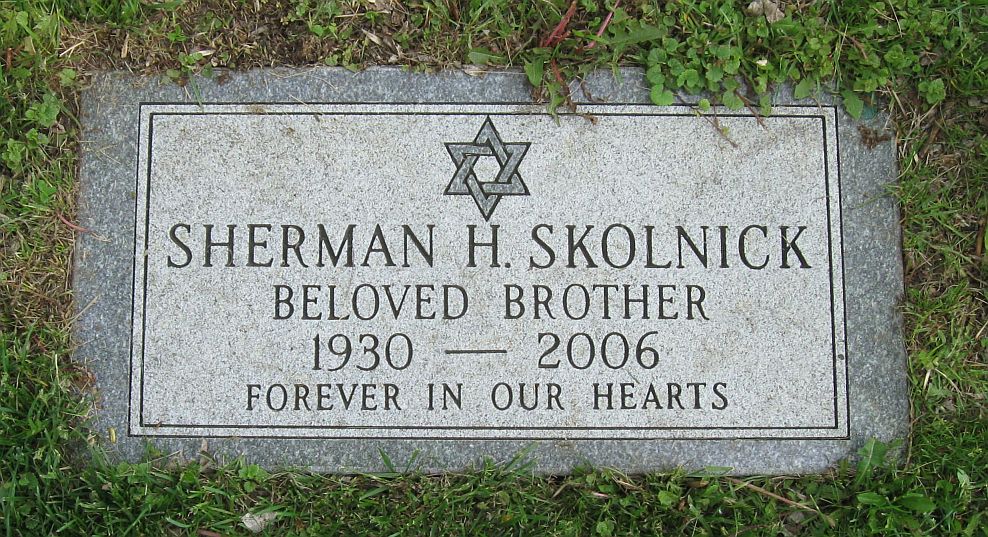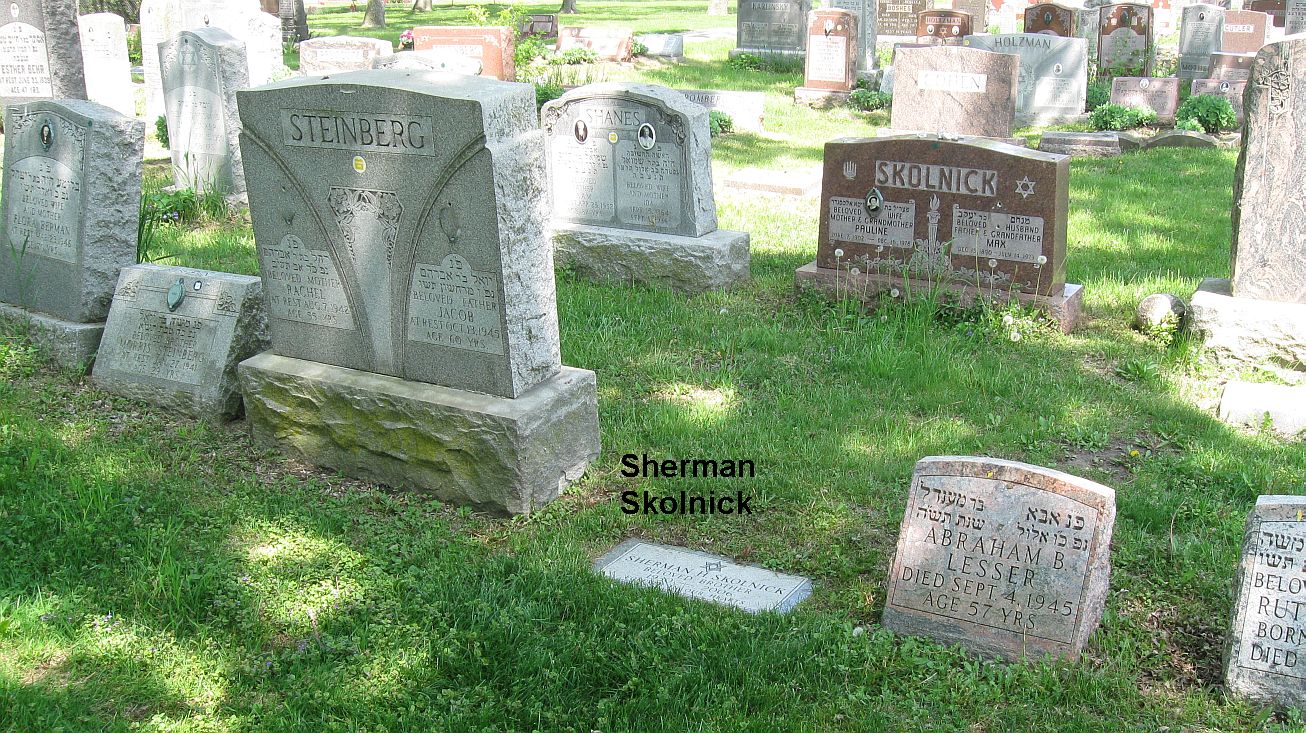The youngest of three brothers, Mr. Skolnick contracted polio in 1936 during a family vacation to Benton Harbor, Mich. He had 16 operations, that, at best, allowed him as a young man to walk 100 feet with crutches. He took inspiration from President Franklin Roosevelt, who also had polio.
In high school, he developed his taste for investigative work, looking into the past of a wood shop teacher with a quick temper.
"He used to bug me," Mr. Skolnick recounted in 1988. "I found out he'd been transferred from another school for throwing a kid down some stairs and was in trouble with the school board. The next time he got mad at me, I told him I knew his secret, and he left me alone."
Mr. Skolnick's most spectacular victory came in 1969, when he found that two judges on the state Supreme Court accepted a gift of stock in a Chicago bank from a defendant whose case they were to decide-and for whom they ruled favorably.
Skolnick's findings led to a blue-ribbon investigative commission and finally to the resignations from the court of Chief Justice Roy J. Solfisburg Jr. and Justice Ray Klingbiel. The day they resigned, the crush of neighborhood traffic and people was so great, he said, that six police cars were stationed in front of his house. Inside, photographers rolled up his rugs and moved furniture to get photos of him from different perspectives.
Sometimes proven right, often mocked for being so far out of the mainstream, Mr. Skolnick bristled at being called a conspiracy theorist.
"There's a stigma to being called a conspiracy theorist," Mr. Skolnick told the Tribune in 1988. "It's a polite way of calling someone a nut. These things I uncover aren't conspiracies. They're simply the way powerful people conduct business."
Note: This was taken from an article by Josh Noel published in the May 22, 2006 Chicago Tribune and is meant to be a stub until Mr. Skolnick's complete biography may be written.
Waldheim Jewish Cemetery
Gate 40
Lot 10
Sec 2
Row 2604
Grave 4
The youngest of three brothers, Mr. Skolnick contracted polio in 1936 during a family vacation to Benton Harbor, Mich. He had 16 operations, that, at best, allowed him as a young man to walk 100 feet with crutches. He took inspiration from President Franklin Roosevelt, who also had polio.
In high school, he developed his taste for investigative work, looking into the past of a wood shop teacher with a quick temper.
"He used to bug me," Mr. Skolnick recounted in 1988. "I found out he'd been transferred from another school for throwing a kid down some stairs and was in trouble with the school board. The next time he got mad at me, I told him I knew his secret, and he left me alone."
Mr. Skolnick's most spectacular victory came in 1969, when he found that two judges on the state Supreme Court accepted a gift of stock in a Chicago bank from a defendant whose case they were to decide-and for whom they ruled favorably.
Skolnick's findings led to a blue-ribbon investigative commission and finally to the resignations from the court of Chief Justice Roy J. Solfisburg Jr. and Justice Ray Klingbiel. The day they resigned, the crush of neighborhood traffic and people was so great, he said, that six police cars were stationed in front of his house. Inside, photographers rolled up his rugs and moved furniture to get photos of him from different perspectives.
Sometimes proven right, often mocked for being so far out of the mainstream, Mr. Skolnick bristled at being called a conspiracy theorist.
"There's a stigma to being called a conspiracy theorist," Mr. Skolnick told the Tribune in 1988. "It's a polite way of calling someone a nut. These things I uncover aren't conspiracies. They're simply the way powerful people conduct business."
Note: This was taken from an article by Josh Noel published in the May 22, 2006 Chicago Tribune and is meant to be a stub until Mr. Skolnick's complete biography may be written.
Waldheim Jewish Cemetery
Gate 40
Lot 10
Sec 2
Row 2604
Grave 4
Sponsored by Ancestry
Advertisement
Explore more
Sponsored by Ancestry
Advertisement





